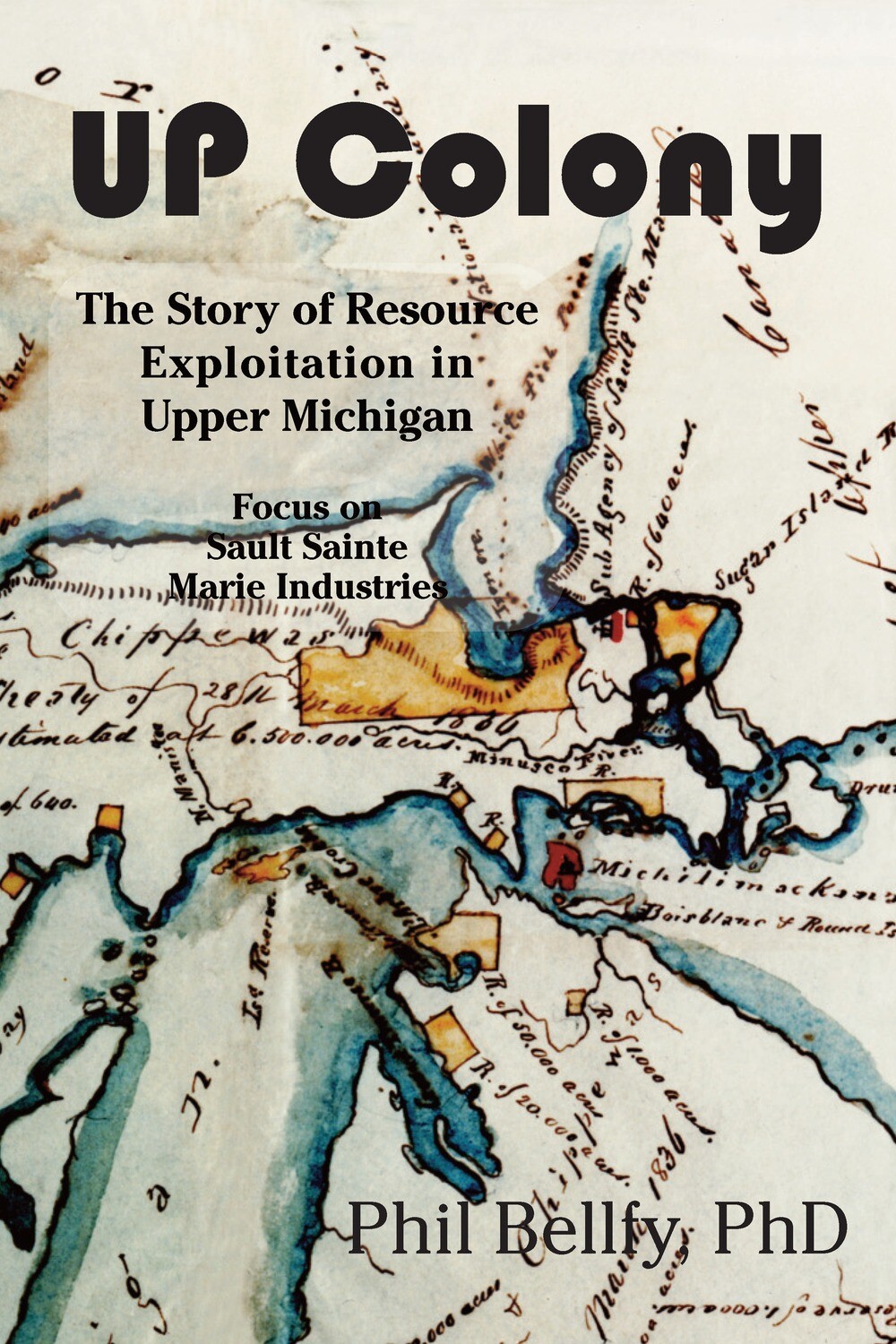 Books rarely surprise me, but this one definitely did. I expected some little hokey story about living in Michigan, but Compassion, Michigan: The Ironwood Stories by Raymond Luczak is surprisingly rich, insightful, and beautifully written, something I’d gladly have read in a college literature class.The book as a whole is a collection of short stories centered on one region of Michigan in the upper peninsula.
Books rarely surprise me, but this one definitely did. I expected some little hokey story about living in Michigan, but Compassion, Michigan: The Ironwood Stories by Raymond Luczak is surprisingly rich, insightful, and beautifully written, something I’d gladly have read in a college literature class.The book as a whole is a collection of short stories centered on one region of Michigan in the upper peninsula.
The atmosphere in the stories has the gritty feel of a Michigan town and a Midwest mindset, with a sense of itself and understanding of people and place that is truly a joy to read.
All the characters and stories have distinct voices and tones, so it’s not just a thinly veiled version of the author’s experiences, but rather a panoply of voices and stories.
As I said, few books surprise me, but this one genuinely did, in its depth, breadth, and quality. I’m far from an expert on Michigan authors, but I would argue for this one to be among the best, easily fitting in with Hemingway’s early The Nick Adams Stories, which take place in Michigan.
Reviewed By: Axie Barclay






